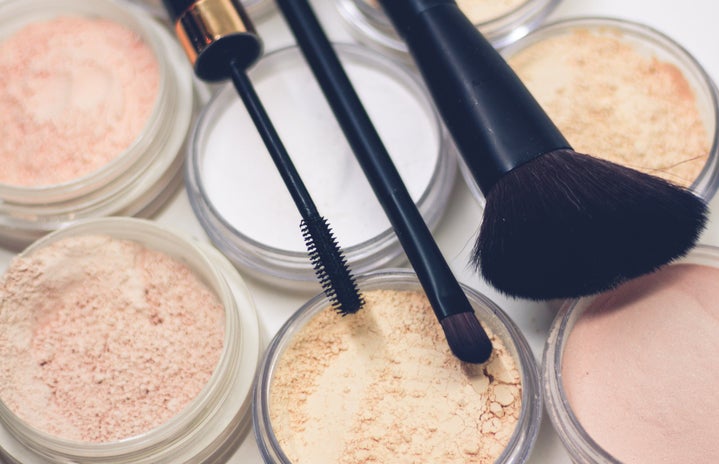That Kylie Cosmetics lip kit you purchased on the streets of Toronto for a fraction of the price is likely not the real thing. Experts say that although you may have gotten a good deal, it’s not worth the risk.
The Canadian Anti-Fraud Centre (CAFC) helped 12,130 victims of counterfeit fraud recover an estimated $4.2 million in 2018, a recent study from the Better Business Bureau reports.
While some consumers can detect counterfeit goods such as Gucci handbags and Nike shoes, not all are aware of how easily fraudulent products can end up in their homes.
Lorne M. Lipkus, partner of the Kestenberg Siegal Lipkus LLP law firm in Toronto, said he thinks the reason consumers purchase counterfeit goods is that they believe fraudulent products are “the same as the original” and that “big companies are just trying to scare people” into not buying them.
Lipkus said he recommends buyers take several steps in ensuring the products they purchase are authentic, especially when purchasing online.
When using websites like Amazon and Alibaba, Lipkus said it’s important to pay close attention to who the sellers are and if they are reliable. He suggests searching for the product on the legitimate retailer’s website and comparing the prices or reading their counterfeit policies.
“That seems like a lot of work,” said Lipkus. “But if I was buying something that was at all important to me, if I didn’t do that, I run the risk of buying something not only that is counterfeit, but it could be dangerous and harm me.”
“Because counterfeits are being made in large [quantities] by unscrupulous criminals who use child labourers, forced labour, and they support organized crime, I’m very mindful of not buying even a non-dangerous product from somebody who is not [a legal seller].”
Lipkus said consumers should also read labels, as counterfeiters are more likely to make grammatical or spelling errors on products. The colour of a package or even the spacing of letters can help them detect whether the item is authentic or not.
Eleni Tsorovas, a former brand protection co-ordinator at Kestenberg Siegal Lipkus LLP, said one of the biggest indicators is the price, especially when it comes to counterfeit beauty products.
“Cosmetics in particular, the profit margins are so much tighter that they usually don’t end up having crazy sales,” she said.
Tsorovas said she wants consumers to be more aware of the dangers of purchasing fake beauty products in particular as they pose an inherent risk.
“We put them on our bodies. We ingest them. They’re applied onto your skin; they get into your system,” she said.
It’s also important to be aware of a website’s URL when shopping online, said Tsorovas.
“If the URL has really odd characters or doesn’t finish in ‘.com’ or ‘.ca’, that’s a reason to be suspicious,” she said.
According to Tsorovas, one of the most challenging products to authenticate is perfume.
“Counterfeiters get so good at adapting,” said Tsorovas. “They’ll mimic the wrapping or the sticker. They’re so good at recreating it, that ultimately what’s inside is the worst thing.”
Tsorovas said that as with cosmetics, perfume can also pose an inherent risk with manufacturers using ingredients such as urine or anti-freeze.
“They will use anything as a replacement neutralizer and that creates huge health problems for people,” she said.
If an individual falls victim to purchasing counterfeit goods, the CAFC helps them get a full refund.
Barry Elliott of the CAFC said he advises shoppers to use their credit cards for all purchases that are not local to prevent getting scammed.
“We handle about 8,000 victims a year and help them get their money back with Visa and MasterCard,” said Elliott. “You have 100 per cent protection on your credit card.”
Elliott said those with Visa credit cards have access to 540 days of protection upon purchasing goods, while MasterCard provides its credit card users with 120 days.
Over the last five years, the CAFC has helped 42,000 victims in being refunded a total of $14,700,000 after falling victim to counterfeit fraud.



